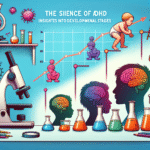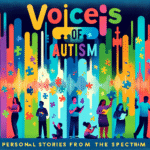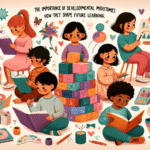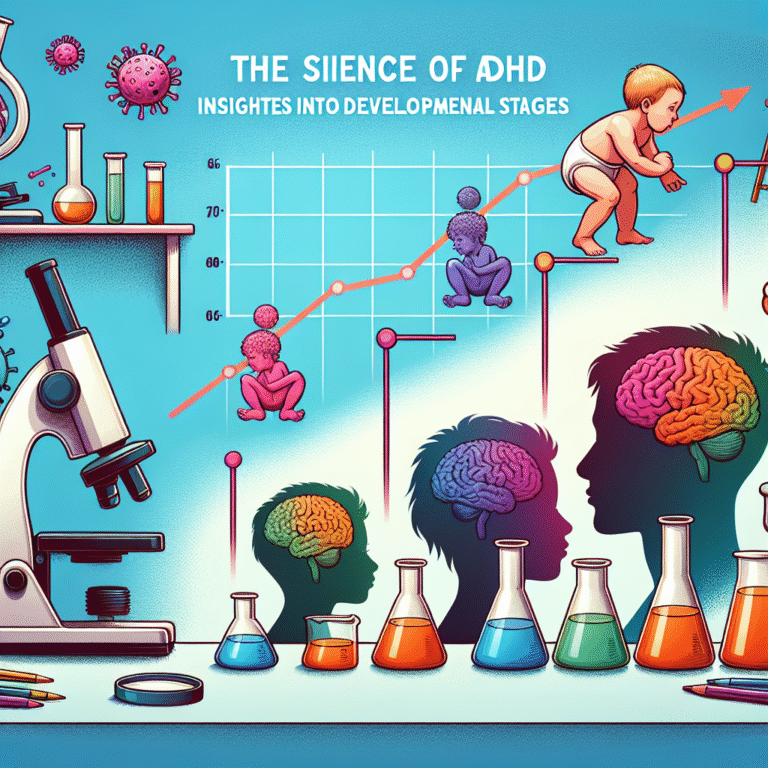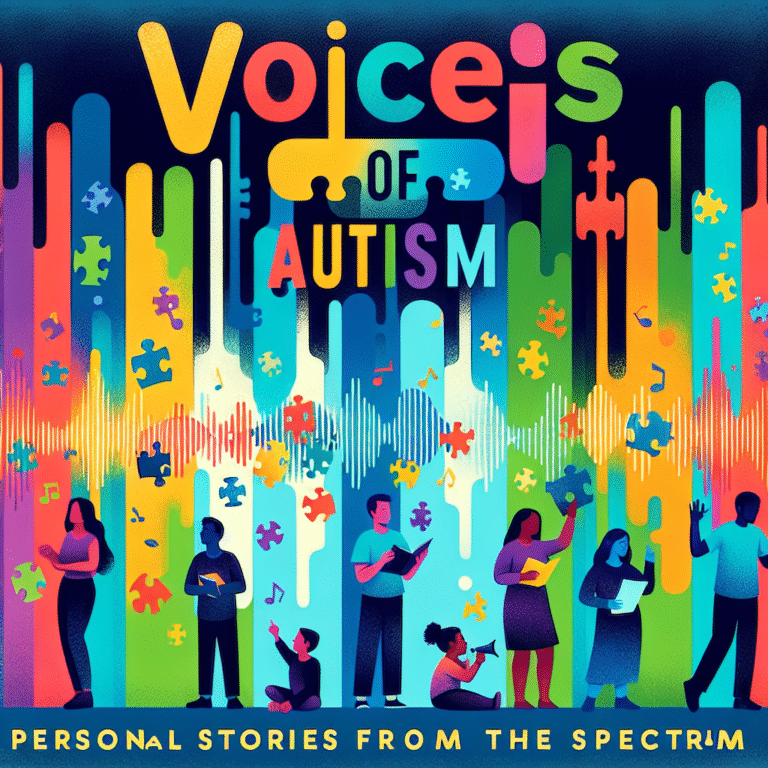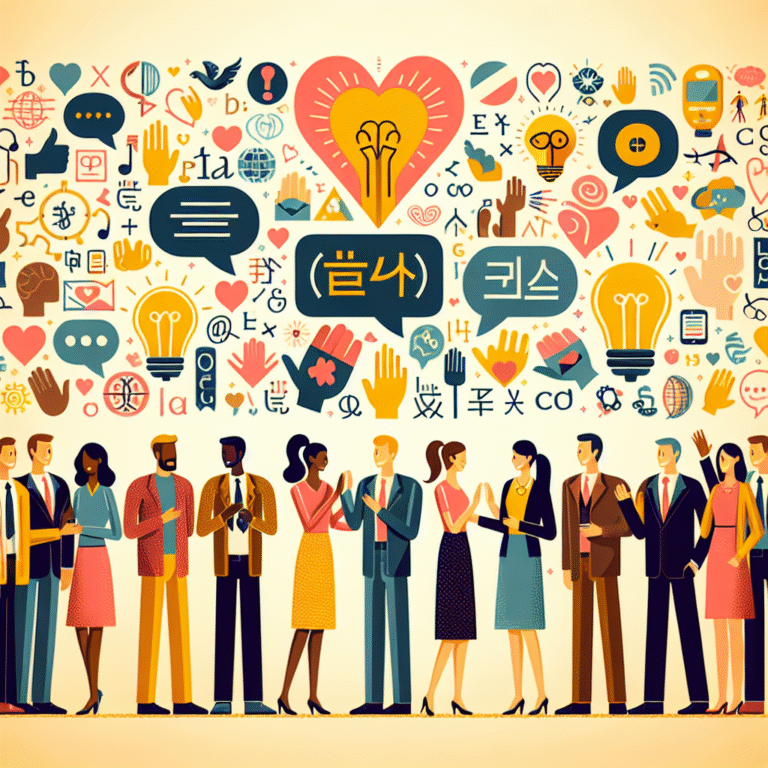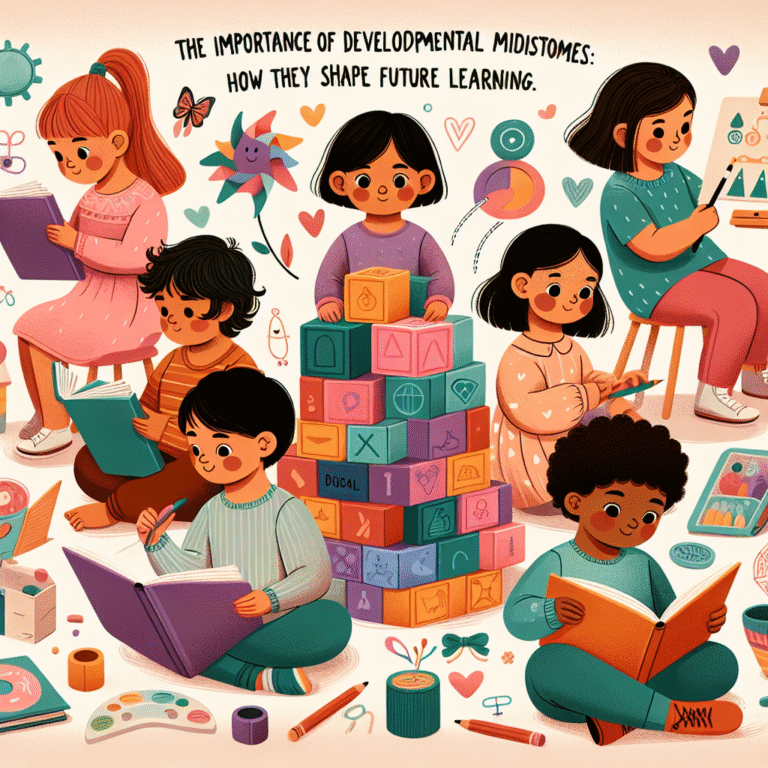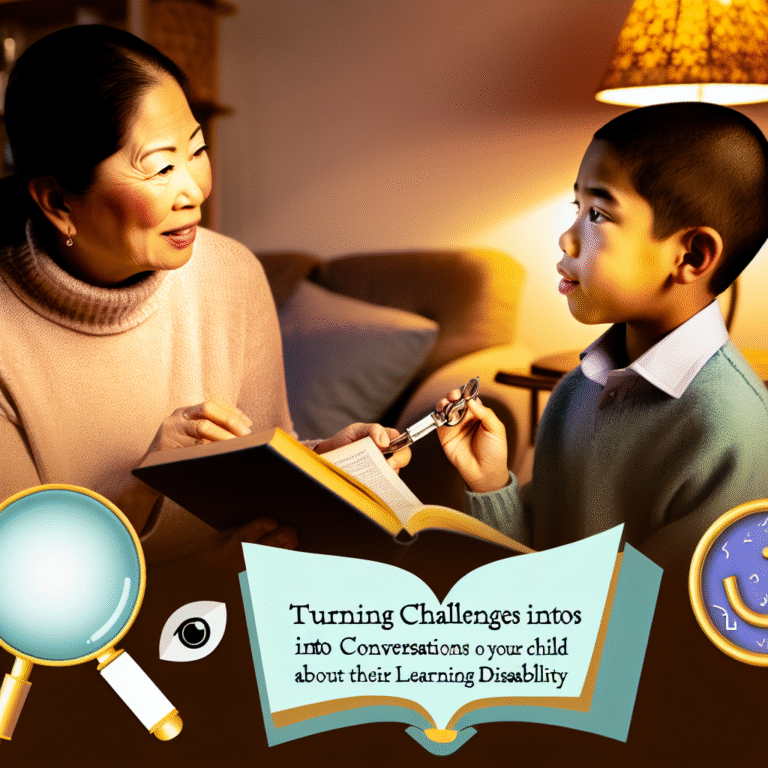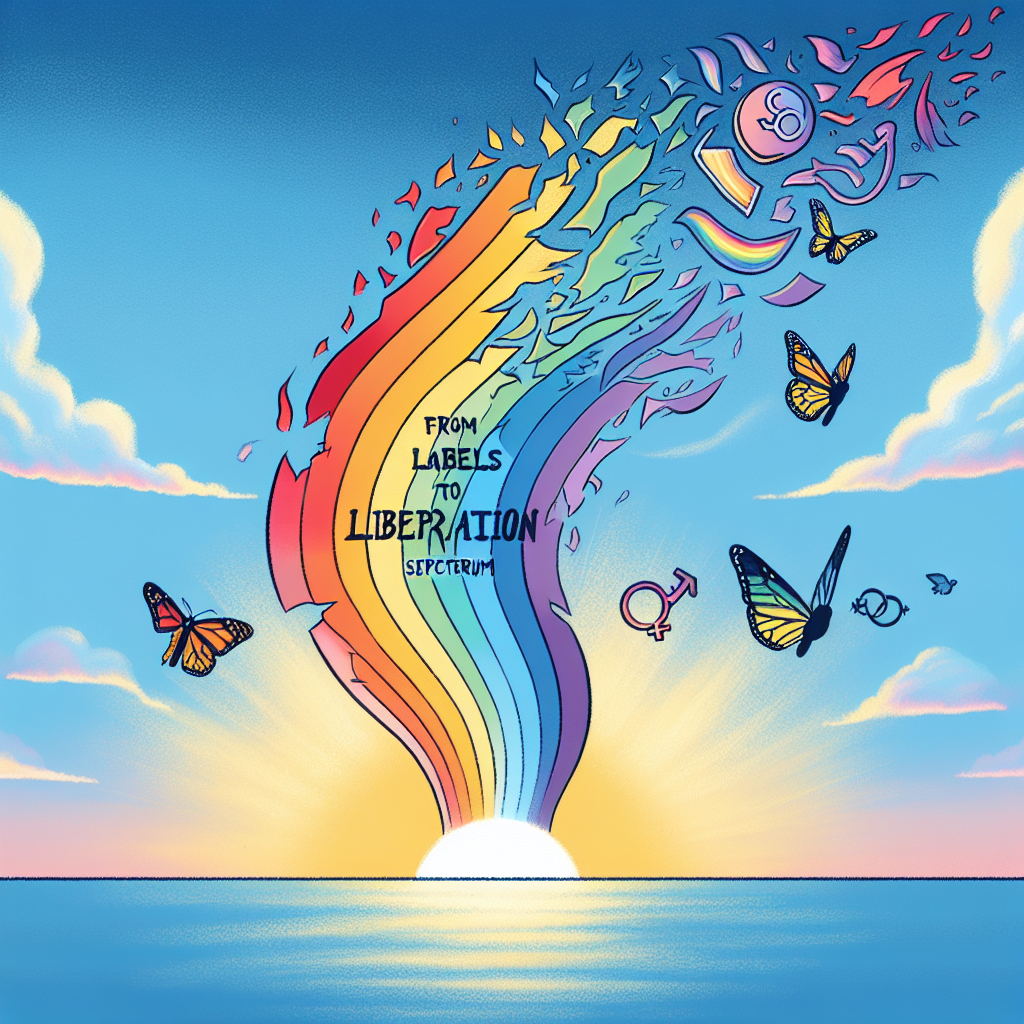
Introduction
In a world increasingly aware of diversity, the concept of gender identity has emerged as a pivotal focal point for community conversations, policymaking, and personal exploration. “From Labels to Liberation: Exploring the Spectrum of Gender Identity” delves deep into this transformative journey, breaking down the barriers that societal labels often impose. By understanding the rich tapestry of gender identity, we can move toward a more liberated future that respects and celebrates individual experiences.
The Foundations of Gender Identity
Defining Gender Identity
Gender identity refers to one’s personal conception of their gender, which may or may not align with the sex assigned at birth. Exploring this spectrum means recognizing a multitude of identities, such as:
- Cisgender: Identifying with the sex assigned at birth.
- Transgender: Identifying differently than the sex assigned at birth.
- Genderqueer/Non-binary: Rejecting traditional gender binaries.
- Genderfluid: A dynamic identity that can change over time.
The journey from labels to liberation begins with understanding these foundational concepts.
The Impact of Societal Labels
Labels can be a double-edged sword. While they provide a sense of belonging and community, they can also impose restrictive definitions. Case studies of various individuals highlight the diverse experiences of those navigating societal expectations:
- Case Study 1: Alex’s Transition: Alex, a transgender woman, found that the label she was given at birth did not resonate with her identity. Her transition involved not only physical changes but also navigating social perceptions. By reclaiming her identity, Alex exemplified how liberation from labels can facilitate personal growth and self-acceptance.
The Spectrum of Gender Identity
Historical Context
Understanding the spectrum of gender identity requires a glimpse into its history. Societies have long recognized variations in gender roles and expressions, even if those narratives have often been suppressed.
- Table 1: Gender Recognition Across Cultures
| Culture | Gender Distinctions | Historical Significance |
|---|---|---|
| Native American | Two-Spirit | Integral to community identity |
| South Asian | Hijra | Recognized for specific roles |
| Ancient Greece | Gender fluidity acknowledged in mythology | Celebrated in art and literature |
The Role of Language
Language plays a crucial role in shaping our understanding of gender. The terms we use can either reinforce old stereotypes or reflect a progressive shift toward inclusivity. Various pronouns and descriptors empower individuals to assert their identity, fostering an environment where liberation from restrictive labels is possible.
- Case Study 2: Using Preferred Pronouns: In a corporate environment, implementing a policy on preferred pronouns led to a more inclusive workplace culture. Employees reported feeling safer and more valued, demonstrating the profound impact of language on gender identity experiences.
Pathways to Liberation
Personal Narratives and Self-Discovery
The journey toward liberation often involves self-discovery. Many individuals find solace in sharing their narratives, which promotes understanding and empathy.
- Case Study 3: Jamie’s Journey: Jamie, who identifies as non-binary, shared their story through a blog. Their experiences resonated with thousands, illustrating how personal storytelling can bridge the gaps between different identities.
Community Support and Activism
Communities play a vital role in supporting individual journeys along the spectrum of gender identity. Activism, particularly in the forms of pride parades and advocacy groups, helps raise awareness and create safe spaces for discussion.
- Chart 1: Impact of LGBTQ+ Community Support
| Year | Number of Support Groups | Community Events |
|---|---|---|
| 2015 | 150 | 50 |
| 2020 | 300 | 75 |
| 2023 | 450 | 100 |
Mental Health and Well-being
Understanding and accepting one’s gender identity can significantly impact mental health. Studies show that individuals who feel supported in their identities experience lower rates of depression, anxiety, and suicidal ideation.
- Case Study 4: Mental Health Initiatives: A mental health organization launched a program specifically for transgender youth, resulting in improved self-esteem and mental health outcomes, reinforcing the need for targeted support.
Challenges on the Journey
Societal Resistance
Despite progress, many still face stigma and discrimination. This resistance can manifest in various ways—from microaggressions in casual conversations to institutional biases.
- Case Study 5: Discrimination in Healthcare: A transgender patient faced hurdles accessing healthcare, highlighting systemic biases that perpetuate discrimination against marginalized identities.
Navigating Intersectionality
The journey of understanding gender identity must also take intersectionality into account. Factors such as race, socioeconomic status, and sexuality intersect with gender identity, complicating individual experiences.
- Chart 2: Intersectionality Factors Affecting Gender Identity
| Factor | Impact Level (1-5) |
|---|---|
| Race | 4 |
| Socioeconomic | 3 |
| Sexual Orientation | 5 |
Conclusion
"From Labels to Liberation: Exploring the Spectrum of Gender Identity" invites us to challenge our preconceived notions and embrace the complexities of individual identity. As we break free from restrictive labels and misconceptions, we pave the way for a more inclusive society.
We can foster a culture that celebrates identity in all its forms, encouraging dialogue and understanding. It is a call to action for everyone—whether you identify within the spectrum of gender or are an ally—to contribute to this transformative movement.
FAQs
1. What is gender identity?
Gender identity is a personal sense of one’s own gender, which may or may not correspond with the sex assigned at birth.
2. How can I support someone exploring their gender identity?
Listening without judgment, using preferred names/pronouns, and educating yourself about LGBTQ+ issues can be invaluable.
3. What are some common terms related to gender identity?
Common terms include cisgender, transgender, non-binary, genderqueer, and gender-fluid.
4. Why is understanding gender identity important?
Understanding gender identity fosters inclusivity and helps reduce stigma and discrimination in society.
5. How can I get involved in supporting gender diversity?
You can get involved by participating in local LGBTQ+ organizations, attending pride events, and advocating for inclusive policies in your community.
By engaging with these topics, readers can partake in the ongoing dialogue surrounding gender identity. A united effort towards liberation will not only empower individuals but will also enrich society as a whole.
